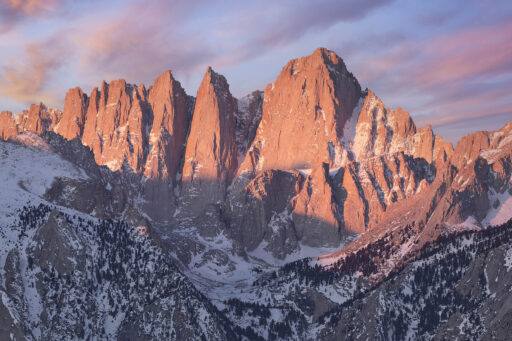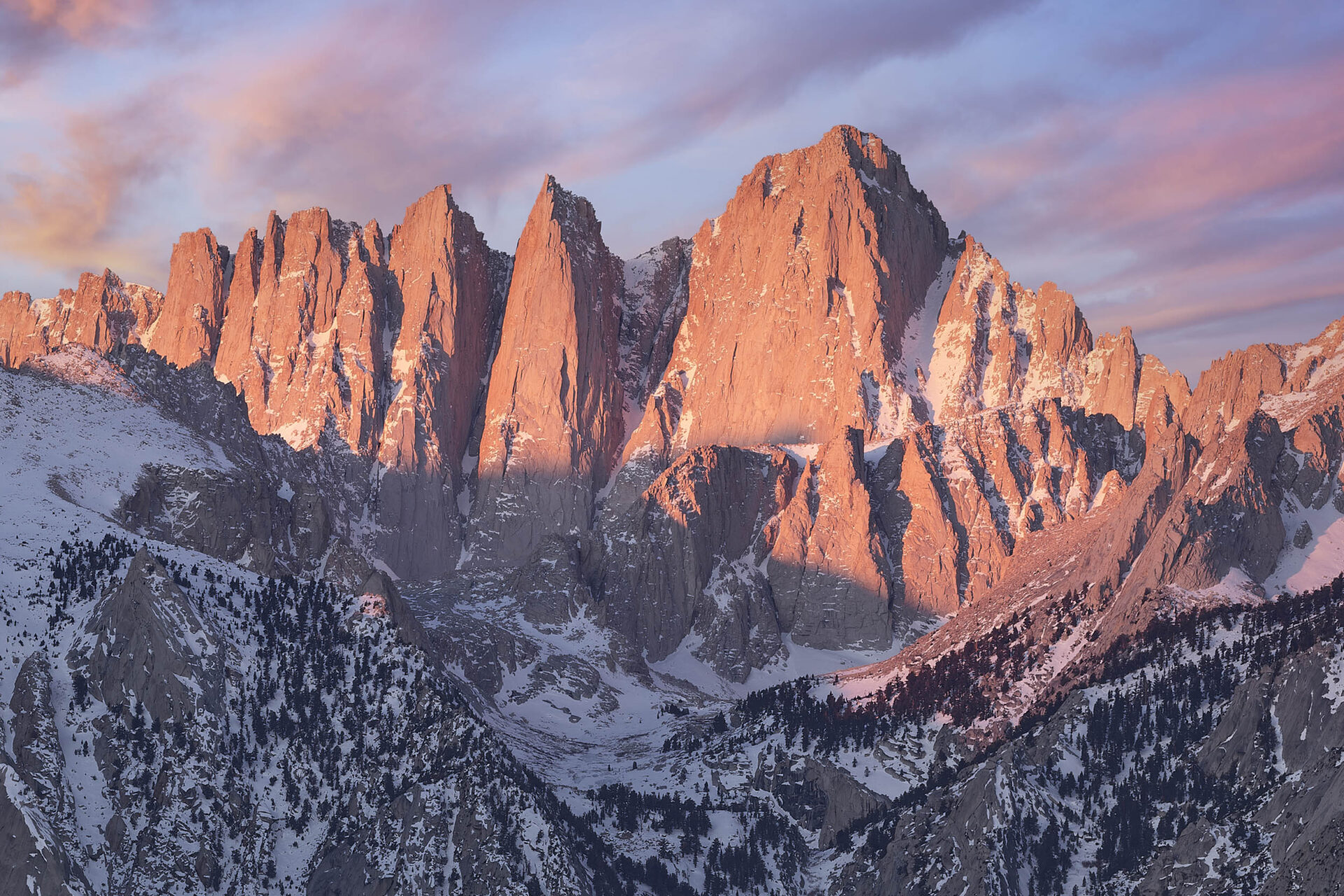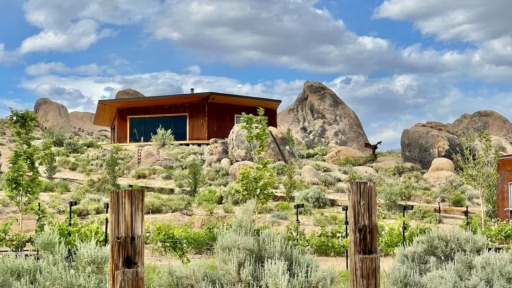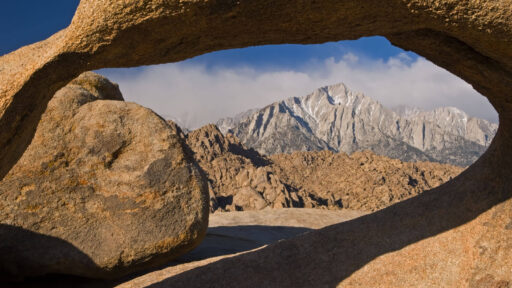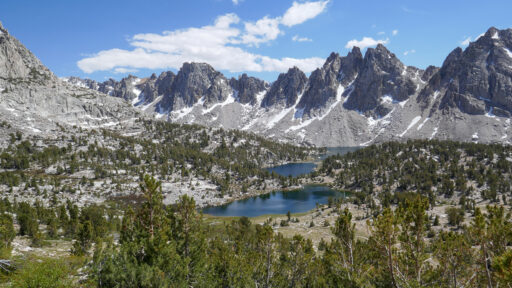Land Acknowledgment: Payahuunadu has been, and continues to be, the homeland of the Paiute (Nuumu), Shoshone (Newe), and Timbisha peoples. This land acknowledgment honors the original inhabitants of the Eastern Sierra and the tribes who remain here today.
Mount Whitney is the tallest peak in the lower 48 states and presents a challenging 22-mile hike for hikers. Key factors for a successful summit include conditioning, proper hydration, pacing, appropriate gear, and weather.
For Southern California residents, it is recommended to complete the “Dirty Dozen Hike List,” before attempting Mt. Whitney. This series of hikes introduces the incredible San Gabriel backcountry, allowing you to test your gear, get comfortable with altitude, and be in peak physical condition.
An alpine start between 12 AM and 3 AM, offers the best chance for a summit. Aim to be off the summit by noon, to avoid daily monsoonal storms. If thunderclouds appear or lightning strikes, abort the climb immediately, to avoid dangerous conditions above the treeline.
It is advised to carry at least 3 liters of water, water filter and powdered electrolytes. Food intake varies, so determine your needs during training.
Early-season hikers will likely need an ice axe and crampons. Attempting Mt. Whitney without snow travel experience is extremely dangerous. Consider taking a snow skills course with local guiding company. SWS is a Lone Pine based Guide Service, located right on Main St.
All permit holders should plan to layer clothing, including moisture-wicking and water-resistant garments. Despite high temperatures on the valley floor, it can be cold at high altitudes. Getting wet and chilled, can lead to hypothermia quickly.
Remember to pace yourself and hydrate. Dehydration has many of the same symptoms as AMS. Its important to eat and hydrate across your journey.
Last but not least, permits. You must obtain a permit to hike Mt. Whitney between 5/1-11/1. The Mt. Whitney lottery is open between 2/1 and 3/1 (subject to change). Permit winners are posted on 3/15, and you must pay for your permit by 4/21. Pro tip, 4/22 a great day to make a second attempt at getting your permit as many become available.
A message from AWE
In the ’80s, tossing trash out of car windows was commonplace—until the “Don’t Be a Litterbug” campaign came along and changed behavior on a massive scale. At AWE, we believe the same power of messaging can transform how people care for the places we love to travel and explore. Most people are good, and travel is inevitable—every hike, swimming hole, and climbing spot is just a few clicks away. As content creators, we believe we have a responsibility to weave Leave No Trace principles into everything we share, inspiring travelers to recreate responsibly and minimize their impact on the incredible places so many of us cherish.
Your actions matter: where you walk, how you park, how you treat locals, and even how loud you play your music. It all makes a difference. Search “Leave No Trace” to learn more about responsible recreation and how you can help protect the wild spaces we love and share.
AWE Disclaimer
Recreation activities may involve inherent risks, including but not limited to changing weather conditions, challenging terrain, wildlife encounters, and other unforeseen hazards. Visitors should check with local land management agencies or authorities for up-to-date information on trail conditions, access, permits, and regulations before planning their trip.
Always prioritize safety by being prepared, carrying adequate supplies, and following Leave No Trace principles to protect the environment. Respect local rules, private property, and other visitors. This post is for informational purposes only, and participation in any activity is at your own risk.


